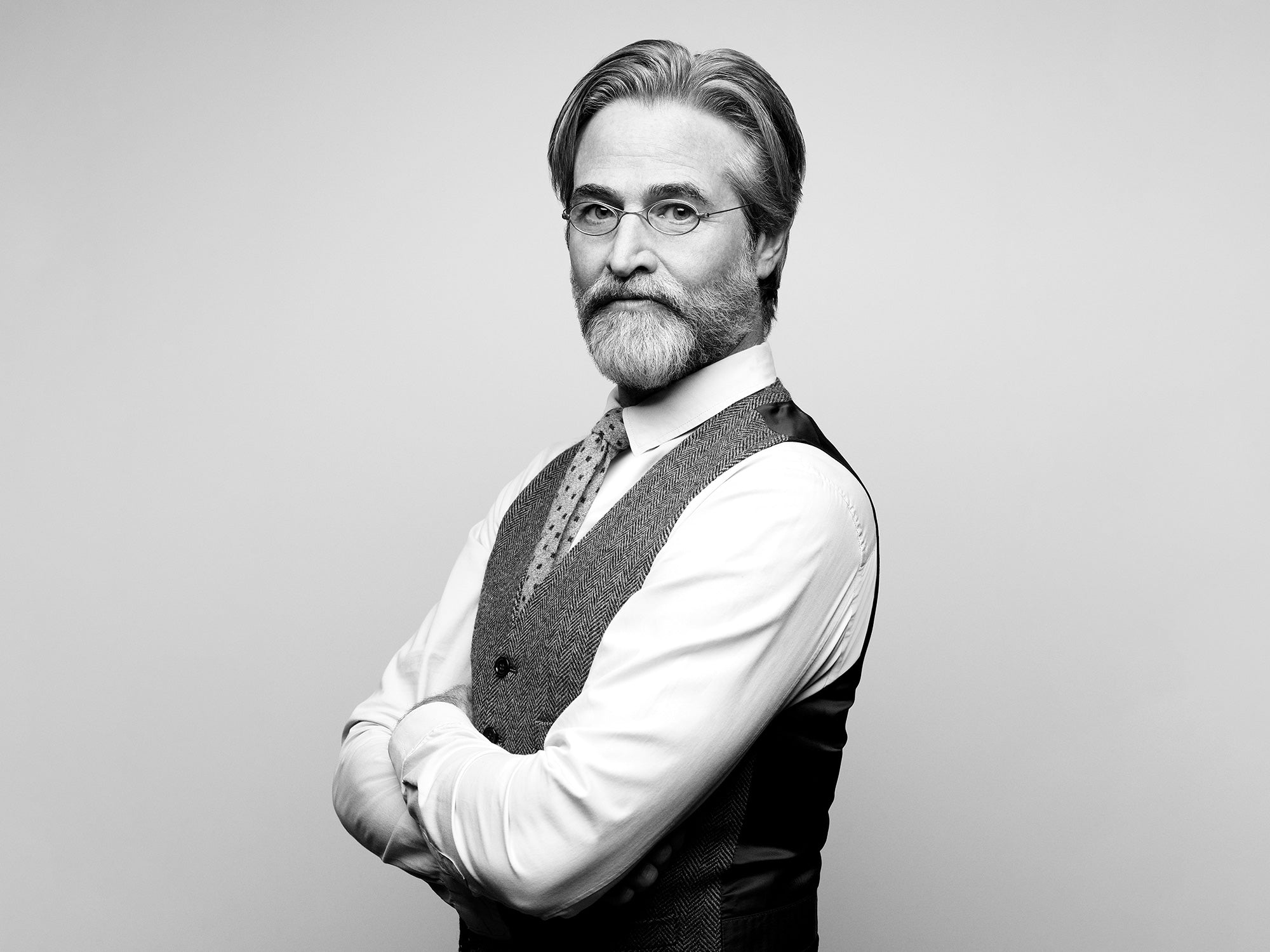“It was so easy to connect with artists in Alabama because they were as inquisitive about me as I was about them,” he says. Indeed, the photographer — who grew up in Chicago — is affable and charming in conversation, whether sharing stories about shooting Ray Charles or describing his adventures on Alabama’s backroads, a trait that surely endeared him to his topics. We spoke with David about his experiences, and the stories behind the photographs, and here is what he told us.
Gee’s Bend
“Gee’s Bend is down a dirt road for about 20 miles,” he says. “And then there's one little sort of convenience store there. And then you're reliant on people — you want a cup of coffee, you got to ask somebody to make it, or be kind enough to get invited in and get offered a cup of coffee. The sense of community there, there's no way of getting around it. You are so reliant on your neighbor it's beautiful.”
His work ranges from classic portraits to intensely intimate captures, like the photo David took of a Gee’s Bend artist praying in her bedroom. “I mean there's just such a sense of authenticity that you really can't complicate that, you know,” he says. “You just need to point the camera at it, as opposed to trying to, like, make it fancy and complicated.” He has spent untold hours in the area, taking photos, a process that has paid off in his understanding of the rhythms of daily life there. “There's nothing better than a Sunday in Alabama,” he says. “[Everyone is] wonderfully dressed up, they go to church, they look great.”


Thornton Dial
Time is very much a subject of the project. He started photographing these artists back in the early 2000s, and has been back frequently ever since. As a result, some of his subjects have passed — including the great Thornton Dial, a much-beloved artist who helped put the state on the art world’s map. (His work also inspired a custom print in Billy Reid’s most recent collection.)
Other artists are still going strong, and the contrast between photos from different eras makes for striking storytelling, one that will be fully revealed when the project is completed in the next few years. “It's a 20-year look at a very, very cool state in America,” David says, and we’re inclined to agree.

Lonnie Holley
Perhaps no one alive embodies the intertwining of Alabama’s art and music like Lonnie Holley, who at 71 is still as vital as ever — and his genius extends to directing the photographer. “When I photograph Lonnie Holley, Lonnie Holley tells me how to photograph him,” David says with a laugh. “He tells me come over here, look at this angle, and he's not wrong very often. He has a really creative mind that does not shut off. He's wonderful.” In fact, the relationship helped bring this project into fruition. “Lonnie is a big part of this book,” David says. “He's been very helpful to me. He leads me in the right direction. He was very helpful with artists that I shot 20 years ago—he actually went around with me to these artists’ houses.”

Alabama Stories
So why did Alabama art interest David in the first place? It comes from a respect for, and interest in, the uniquely American art made here in Alabama.
It’s also worth noting that, in spotlighting these artists — who are often Black, and hail from an underserved part of the country — David is hoping to align this work with past projects centered around justice and equality. (For example, his book New Yorkers Against Violence, published by the Beastie Boys, documents two concerts staged in response to the attacks on 9/11; Fat Possum’s Darker Blues project also featured David’s photos.)
David is fond of quoting a critic who said he photographs regular people like celebrities and celebrities like regular people. His famous subjects include, among others, Jack Nicholson, Iggy Pop and Ray Charles. (His favorite, though, might be laconic actor Harry Dean Stanton, who got David drunk on wine, despite it being 10:30 in the morning. “Half of the pictures were blurry,” he says now with a laugh.) With this book he hopes to provide relatively unknown artists of Alabama the spotlight they deserve

